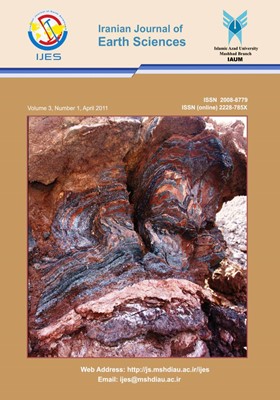Principal Component Analysis for Soil Conservation Tillage vs Conventional Tillage in Semi Arid Region of Punjab Province of Pakistan
الموضوعات :Ijaz Rasool Noorka 1 , Shabir A Shahid 2 , Saeed Rouf 3
1 - University College of Agriculture, University of Sargodha, Pakistan
2 - International Center for Biosaline Agriculture, Dubai, UAE
3 - University College of Agriculture, University of Sargodha, Pakistan
الکلمات المفتاحية: Conventional tillage, Conservation tillage, Yield, Crop response and Principal component analysis,
ملخص المقالة :
Principal component analysis is a valid method used for data compression and information extraction in a given set of experiments. It is a well-known classical data analysis technique. There are a number of algorithms for solving the problems, some scaling better than others. Wheat ranks as the staple food of most of the nations as well as an agent of poverty reduction, food security and world peace. Due to limited sowing time and conventional cropping pattern the wheat yield suffers. Efficient tillage methods maintain soil health and crops response. The present investigations were carried out to study the effects of different tillage systems on yield and yield contributing traits, using Randomized Complete Block Design. Two tillage systems i.e. conservation tillage and conventional tillage were used. Three principal components were sufficient to explain the variations. The traits plant height, number of leaves, number of tillers, peduncle length, spike length, number of spikelets per spike, number of grains per spike, grain weight per spike and grain yield were affected significantly under conservation tillage as well as conventional tillage systems. The graphic representation showed that yield contributing traits behaved best in conservation tillage practice. The present study revealed that conservation tillage method produced optimum yield for wheat production.


